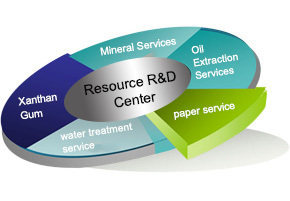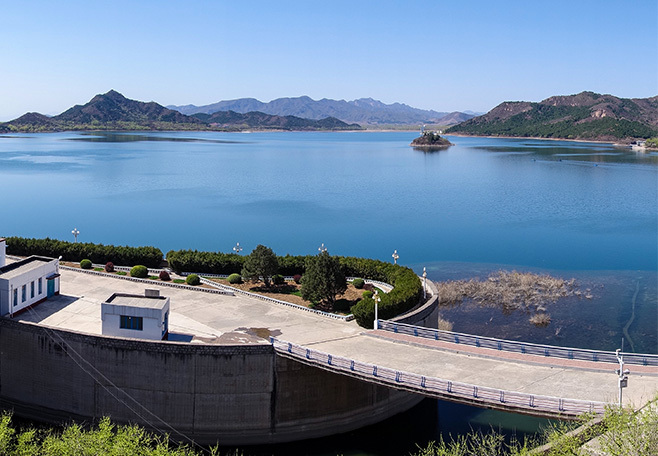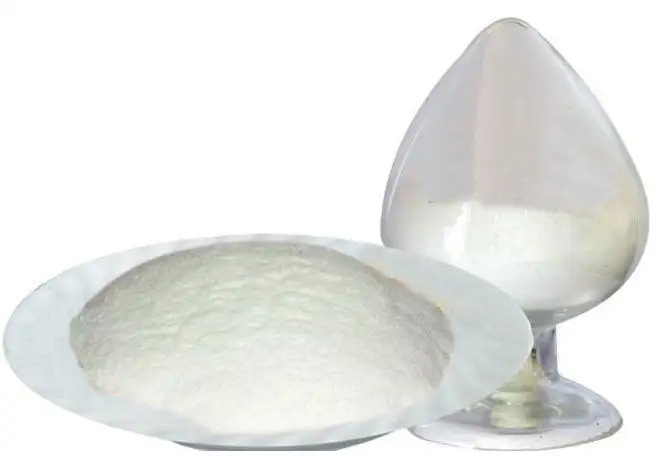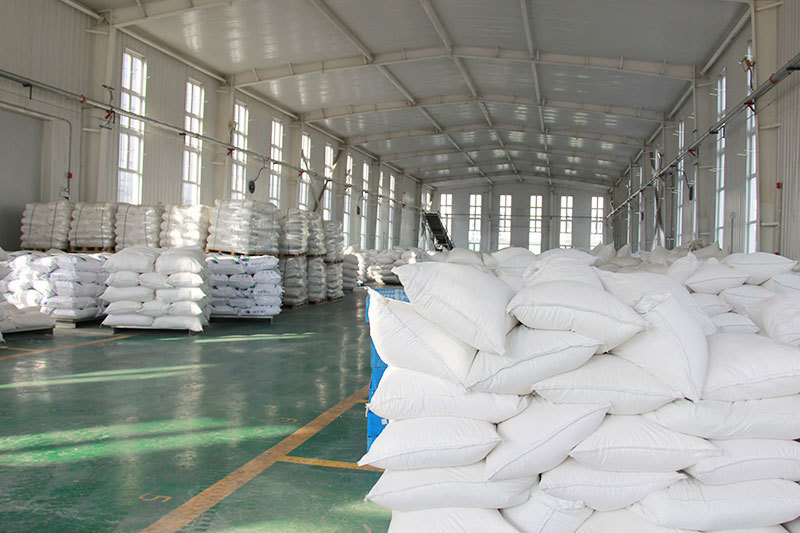Navigating the Waters of Cationic Polyacrylamide: Key Considerations
Release Time:
Aug 18,2025
Explore essential considerations when using Cationic Polyacrylamide in various applications, ensuring safe and effective results.
Introduction to Cationic Polyacrylamide
Cationic polyacrylamide (CPAM) is a versatile polymer widely used in various industries, from wastewater treatment to agriculture. If you're diving into this topic, you'll want to be aware of some crucial considerations to ensure safe and effective usage.
What is Cationic Polyacrylamide?
Simply put, Cationic Polyacrylamide is a water-soluble polymer that has a positive charge. This unique property allows it to bind with negatively charged particles, making it especially useful in flocculation processes. Think of it as a glue that helps particles stick together, resulting in clearer water or improved soil quality.
Applications of Cationic Polyacrylamide
You might be wondering where you'd come across CPAM. Here's a quick rundown of its primary uses:
- **Wastewater Treatment:** CPAM aids in the removal of suspended solids, making water treatment more efficient.
- **Agriculture:** It helps in soil erosion control and enhances water retention in soil.
- **Paper Industry:** This polymer improves the retention of fillers and pigments in paper manufacturing.
Considerations When Using Cationic Polyacrylamide
Alright, let's get to the meat of the matter. Here are some important things to keep in mind:
1. Dosage Matters
When it comes to CPAM, more isn't always merrier. Too much can lead to over-flocculation, which might cause more issues than it solves. Always follow manufacturer guidelines and start with a lower dosage to see how it performs.
2. Testing is Key
Before you go all in, conduct a small-scale test. This will help you gauge how effective the Cationic Polyacrylamide is in your particular application. Don't skip this step; it could save you time and resources in the long run!
3. Compatibility Check
Not all substances play nice with CPAM. Be sure to check compatibility with other chemicals or materials you're using. A little research goes a long way in preventing unwanted reactions.
4. Safety First
Always prioritize safety when handling Cationic Polyacrylamide. Use appropriate personal protective equipment (PPE), such as gloves and goggles, to safeguard against any potential irritations or reactions.
5. Storage Considerations
Store CPAM in a cool, dry place, away from direct sunlight. Improper storage can degrade the polymer, affecting its performance when you finally need it.
Conclusion
In conclusion, Cationic Polyacrylamide can be a game changer in various applications, but it's essential to navigate its use with care. Keep these considerations in mind, and you'll be well on your way to utilizing this powerful polymer effectively. Remember, a little knowledge goes a long way!
Key words:
What Else Might You Learn?












